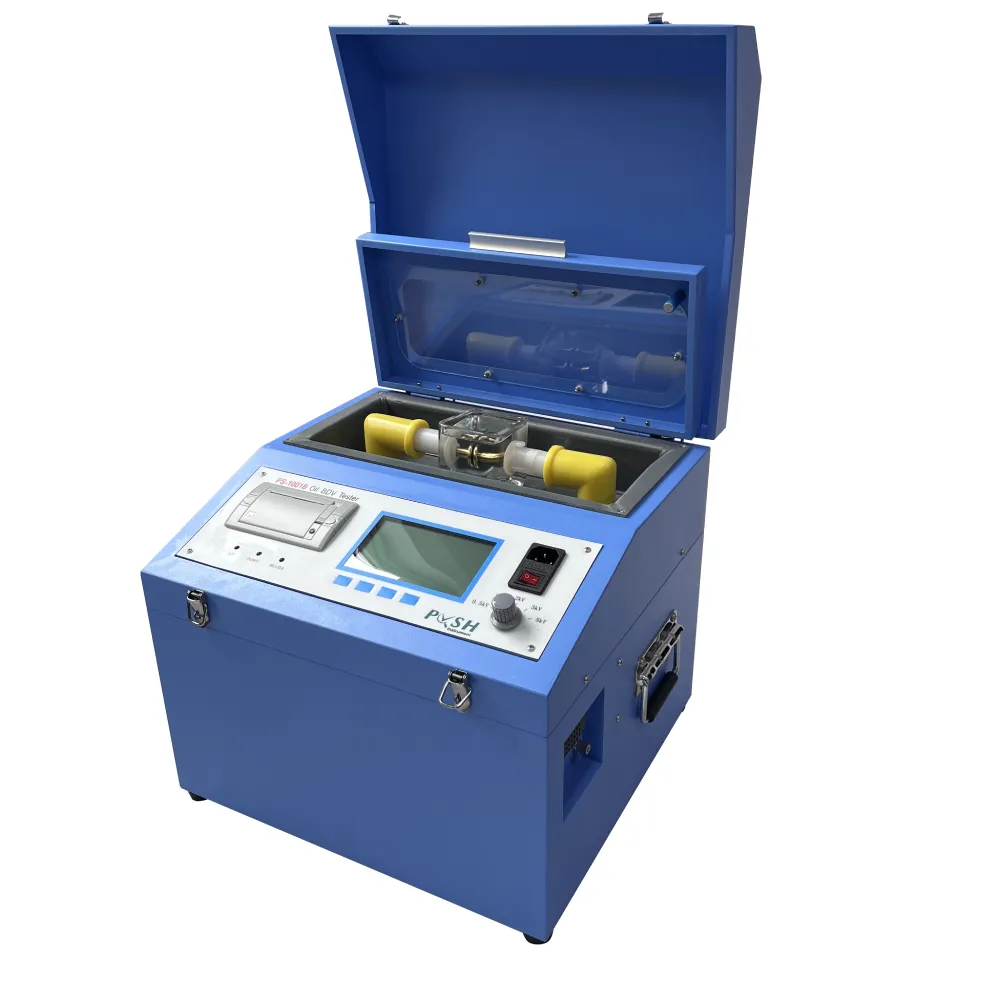 English
English


Innovative Instruments for Measuring Surface Tension Accurately in Various Applications
Surface Tension Measurement Instruments An Overview
Surface tension is a fundamental physical property of liquids, characterized by the elastic tendency of a fluid's surface that makes it acquire the least surface area possible. This property plays a critical role in various scientific and industrial processes, from the formation of droplets to the behavior of surfactants in detergents. The measurement of surface tension is essential in fields such as chemistry, biology, material science, and engineering. Over the years, several instruments have been developed to accurately measure surface tension, each with its specific applications and advantages.
Importance of Measuring Surface Tension
Surface tension influences numerous phenomena, including capillarity, wetting, and foaming. In industrial applications, understanding surface tension helps in the formulation of paints, coatings, and emulsions to achieve optimal performance. For instance, in the food industry, controlling surface tension is essential for processes such as emulsification in salad dressings and creams. In pharmaceuticals, it can affect drug formulation and delivery mechanisms. Consequently, accurate measurement of surface tension is crucial for research and application in these sectors.
Types of Surface Tension Measurement Instruments
Several instruments are employed to measure surface tension, each leveraging different principles of physics. The most common methods include the following
1. Wilhelmy Plate Method This technique involves a thin plate made of a material (typically glass or metal) that is partially immersed in a liquid. The force exerted on the plate due to surface tension is measured as it comes into contact with the liquid. The Wilhelmy plate method is known for its precision and is widely used in laboratories.
2. Du Noüy Ring Method The Du Noüy ring method uses a platinum ring which is submerged into the liquid and then pulled upwards. The maximum force required to detach the ring from the liquid surface is measured and correlates to the surface tension. This method is especially useful for various surface-active agents.
surface tension measurement instrument

3. Drop Weight or Volume Method In this approach, the weight or volume of a droplet that detaches from a nozzle at the end of a capillary tube is used to calculate surface tension. This method is relatively simple and effective for quick measurements, making it popular in academic and industrial laboratories.
4. Tensiometer Modern tensiometers often combine various methods and provide digital readouts of surface tension values. These instruments are user-friendly and can be calibrated for different liquids, making them versatile tools in both research and industrial applications.
5. Capillary Rise Method This classic method relies on the measurement of the height to which a liquid rises or falls in a thin tube due to capillary action. The relation between height and surface tension allows for the calculation of surface tension values. Despite being less common, it remains a valuable educational tool.
Advances in Technology
Recent advancements in technology have resulted in the development of sensors capable of providing real-time measurements and data analysis. The integration of optical techniques and computer algorithms has allowed for more accurate and faster surface tension measurements. These innovations are particularly beneficial in continuous manufacturing processes, where maintaining consistent quality is essential.
Furthermore, microfluidics has opened new avenues for surface tension measurement. Miniaturized devices that manipulate small volumes of liquid can provide insights into surface properties at a scale not previously possible. This shift toward miniaturization aligns with broader trends in science and engineering toward more efficient and precise measurement techniques.
Conclusion
Surface tension measurement instruments are vital in both scientific research and industrial applications. Understanding the principles and methods behind these measurements enables better control over the properties and behaviors of liquids. As technology continues to advance, we can expect even more sophisticated instruments that will enhance our ability to measure and manipulate surface tension, ultimately leading to innovations across various fields. Whether through traditional methods like Wilhelmy and Du Noüy or cutting-edge microfluidic techniques, the tools available today provide essential insights into an often-overlooked but critically important physical property of liquids.
-
Differences between open cup flash point tester and closed cup flash point testerNewsOct.31,2024
-
The Reliable Load Tap ChangerNewsOct.23,2024
-
The Essential Guide to Hipot TestersNewsOct.23,2024
-
The Digital Insulation TesterNewsOct.23,2024
-
The Best Earth Loop Impedance Tester for SaleNewsOct.23,2024
-
Tan Delta Tester--The Essential Tool for Electrical Insulation TestingNewsOct.23,2024





